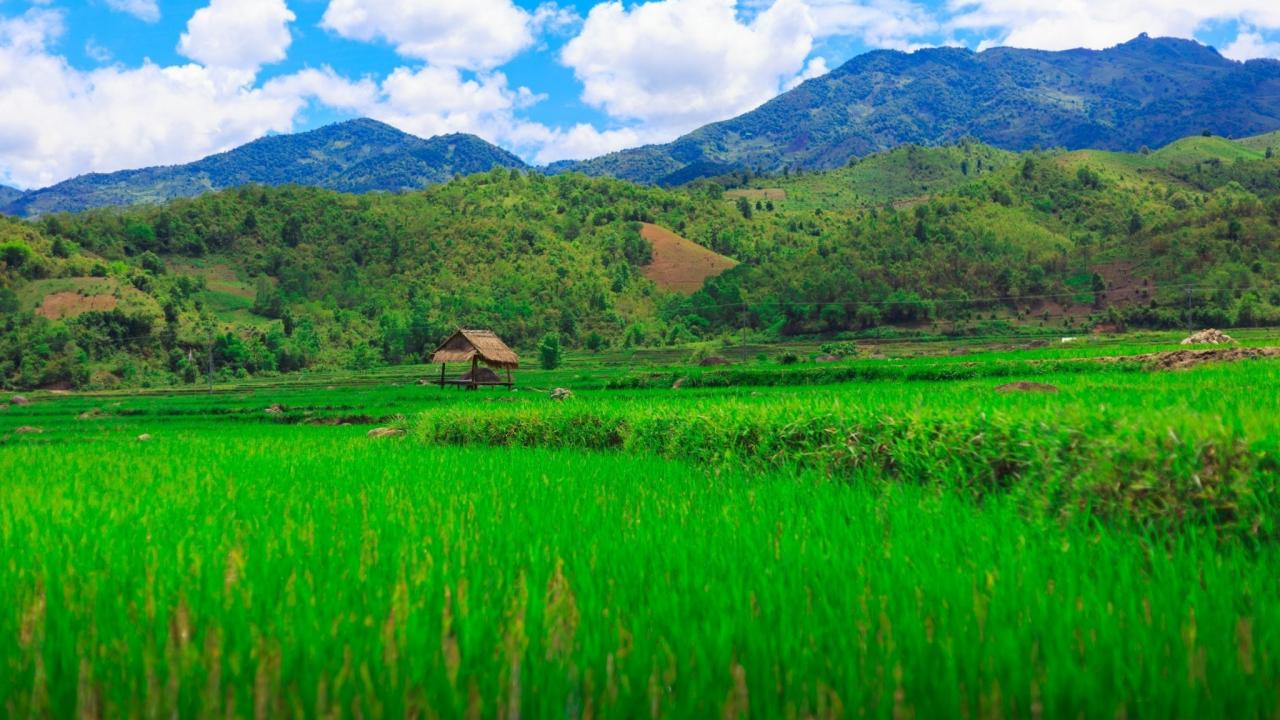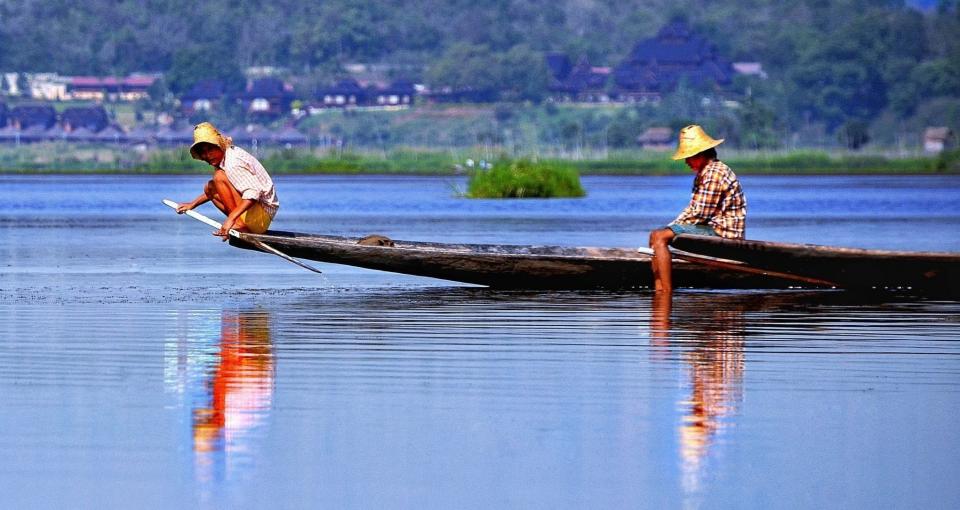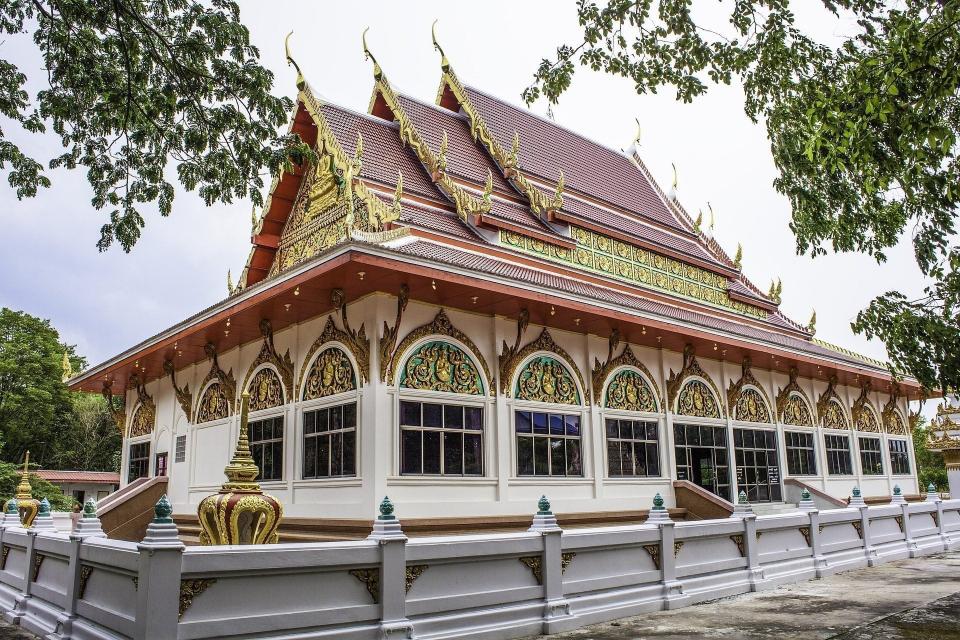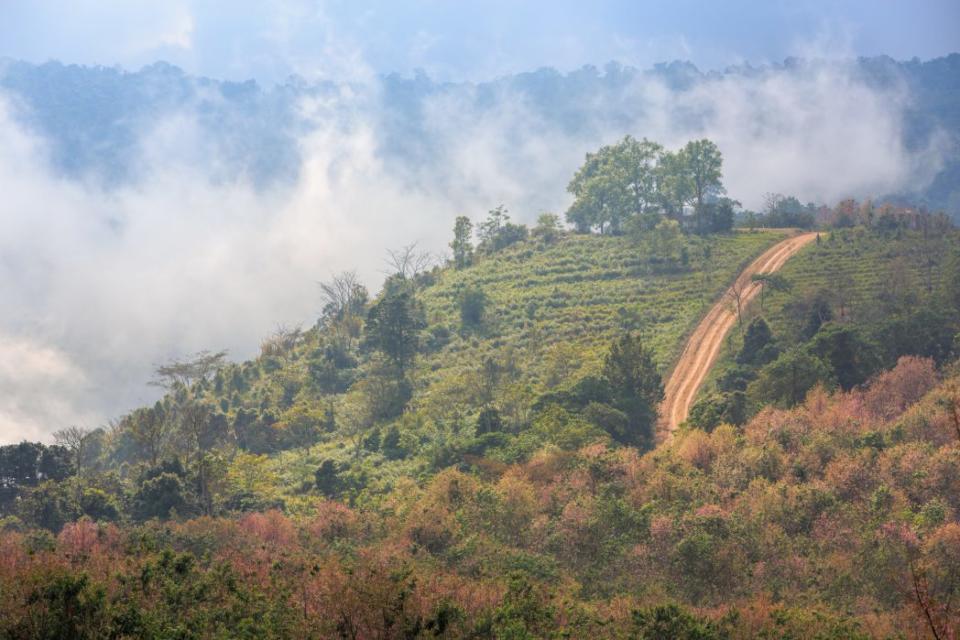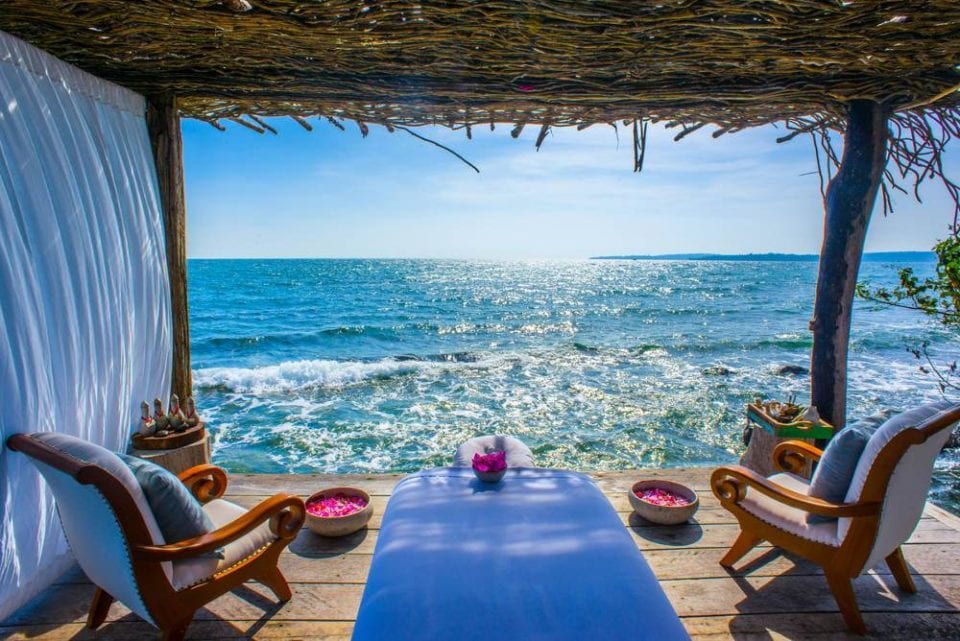The Golden Triangle
Laos: Vientiane, Vang Vieng, Luang Prabang, Pakbeng, Huay Xai,
Myanmar: Tachileik, Kengtung, Inle Lake, Yangon
From $5,103 AUD pp (2 pax)
Sightseeing in Vientiane Vientiane, the capital of Laos, has a relaxed charm with tree-lined boulevards, interesting temples and colourful markets. Experience the city’s highlights, including the gleaming golden stupa, Pha That Luang, perhaps the most important national monument in Laos; Ho Pha Keo, the formal royal temple, now a museum with beautiful examples of Buddhist sculpture; the temple of Wat Si Saket; and Patuxai, a monumental arch inspired by the Arc de Triomphe, but executed with Lao motifs.
Visit Tham Chang Cave Tham Chang Cave was used as a bunker against marauding Chinese in the early 19th century. Tham means cave while Chang means steadfast.
Visit Tham Xang Cave Tham Xang Cave, also called Elephant Cave, contains a few Buddha images and a Buddha footprint plus the elephant shaped stalactites which give the cave its name.
Sightseeing in Luang Prabang Set between the Nam Khan and Mekong rivers, Luang Prabang is an enchanting town filled with historic temples and colonial style buildings. The entire town was declared a UNESCO World Heritage Site in 1995. Start the day at Wat Visoun (Wat Wisunalat), the oldest living temple in Luang Prabang, Wat dating back to 1513 and contains a collection of antique wooden Buddhas. Visit the nearby Wat Aham before continuing to Wat Xieng Thong, the crowning jewel of all the monasteries and temples in the city. Its many ornate buildings feature exquisite mosaic and gold-stencilled murals. From there, stroll down the main street of Luang Prabang, stopping at some of the many temples that line its sides, including Wat Sibounheuang, Wat Si Moungkhoun, Wat Sop and Wat Sene.
Continue to the National Museum (Royal Palace), a modest but graceful building which combines traditional Lao and French beaux-arts motifs. This turn-of-the century royal residence has been preserved as it was when the royal family last lived here and provides unique insights into the history of Laos. Then, visit Hor Phrabang. In the right front corner room of the Palace which opens to the outside, is a collection of the palace’s most prized art, including the Phrabang, cast of a gold, silver and bronze alloy. This Buddha stands at 83 cm tall and weighs around 50 kg. Afterwards, visit Wat Mai.
Visit Mount Phousi for sunset Climb 328 steps starting from the entrance on the opposite side of National Museum, or 410 steps on the other side of Khan River to the small temples atop Phou Si. The hill is 150m high and sits in the middle of the town, offering beautiful views over the temples and river.
Excursion to Kuang Si Waterfalls From Luang Prabang, travel by vehicle to to Kuang Si Waterfall. This waterfall is located in a perfect natural setting near Luang Prabang, this multi-tiered waterfall tumbles over limestone formations into a series of turquoise pools. Enjoy swimming in the clear water or just relaxing in the natural environment. Visit a local village (Ban Ou or Ban Na Ouane) on the way, before returning to Luang Prabang by vehicle.
Visit the weaving village of Ban Xang Khong Visit Ban Xang Khong, a village near Luang Prabang well known for its traditional handwoven cotton and silk, as well as production of the local sa (mulberry) paper.
Sightseeing in Tachileik Visit the Myanmar-Thai border bridge; see the Two Dragon Monastery and the Baying Naung Statue; and take in the atmosphere of this typical Golden Triangle town.
Sightseeing in Kengtung This early morning visit Kengtung market, a fascinating place to soak up the local atmosphere. On the open market, all kinds of vegetables, rice, fruits, meat and fish are on sale. Minority people come to town to shop or to sell their goods. Drive towards buffalo-market at the top of hill. For the Akha, the many silver shops are of special interest as there they can buy the silver coins to make their very unique headdresses. If time permits, stop at Wat In; Khun-style temple or at the more “Myanmar” style Maha Myat Muni temple. Then visit Standing Buddha image, (the place where Kyaing Tong was founded about one thousand years ago) Hot spa, Akha centre village and R.C.M church. Sunset on the one tree Hill where a lone, 245 years old Kanyin-byu (Diptero Carpus Spp) tree stands. The tree was planted by Alaungmintaya, the founder of Third Myanmar Empire. Then, pottery village “Yan Gone” to observe the handicraft earthen pots of Shan tribe and blacksmith shop can be visited. Then return to Kengtung.
Excursion to Ho Kyin to visit Akha 4 villages Travel by vehicle outside Kentung for 1.30 hours, and trek for about an hour and a half to the Akha villages of Ho Kyin. After exploring the village continue for another half hour to Na Phi Phank village, home to both Lahu and Akha peoples. Continue past two more Akha villages – Phata Akha village and to “Pang Ma Phai” Akha tribe village. Continue by vehicle to the Mong Zine (Khun Village) to observe how local blacksmiths make traditional Lahu knives. Return to Kengtung by vehicle.
The Akha have no written language so their history was carried to the present day from the cultures many colourful legends, proverbs and rituals handed down from one generation to the other. Akha are able to at least recite the male line of their family back to the beginning.
Excursion to Wan Pauk In the morning, trekking tour starts with land driving out of Kengtung in west direction where to Palaung tribe village (Wan Pauk) about 25 minutes. The road takes towards Wan Pauk village where red-clothed Palaung tribe with silver and lacquered waist-bands can be observed. The Palaung tribe are known locally as “Silver” Palaungs. A branch of the same tribe, locally called “Gold” Palaung, lives in Northern Shan State. Three hours hiking from there is Lahu Shi villages, kunpe-1 and kunpe-2. Lahu Shi, Black Lahu and Red Lahu are the same tribes. Trekking through forests. Valleys and gorges is very fascinating. Then back to Kengtung .
Excursion by boat on Inle Lake Enjoy a boat ride on Inle Lake and discover its calm serenity, still waters and colourful brush strokes of floating vegetation and slow moving fishing canoes. Rolling high hills hug the lake on all sides, as the lake’s shore and islands host 17 villages on stilts, mostly inhabited by the Intha people. Enjoy the awe inspiring scenery and meditate on the one of a kind skill of the local fishermen who make use of their legs in a unique rowing technique to glide themselves gracefully around the lake. Visit the enchanting floating gardens, a teeming market and an Intha village around the lake.
The day also includes a visit to the Phaung Daw Oo Pagoda, Inn Paw Khon Village (Lotus and silk weaving villages) and the Nga Phe Kyaung Monastery.
Excursion to Kakku Journey into the mountains through beautiful landscapes, passing through Pa’O villages with the opportunity to visit a market on the way (depending on the market date). Explore the magnificent Kakku Temple Complex, a collection of over 2000 Buddhist stupas dating from the 12th and 13th centuries which are subsequently concentrated in the space of one square kilometre. Many Buddha statues lie scattered in and around the ruins, which are themselves overgrown with vegetation. Return to Nyaung Shwe by vehicle and transfer by boat to your hotel.



